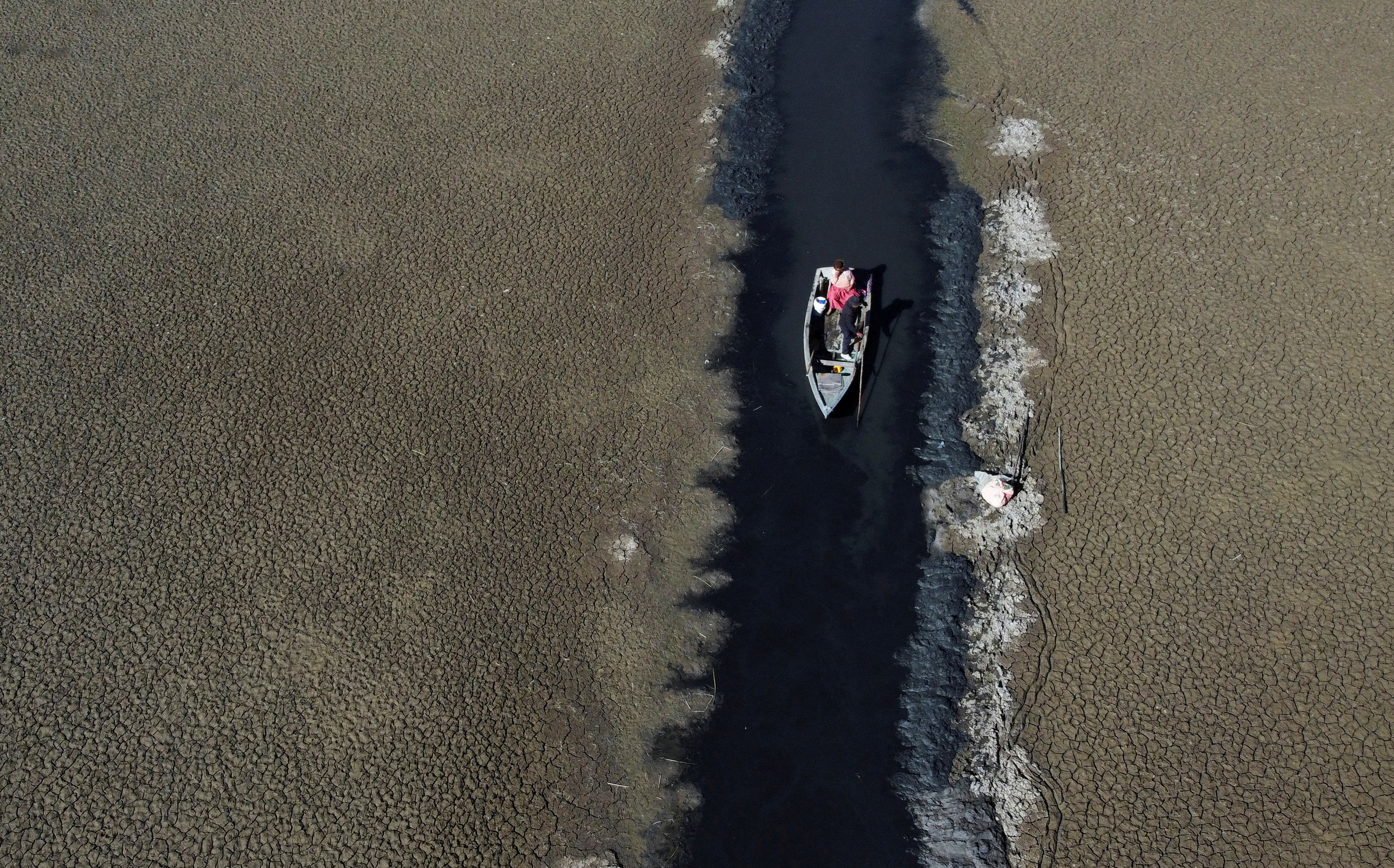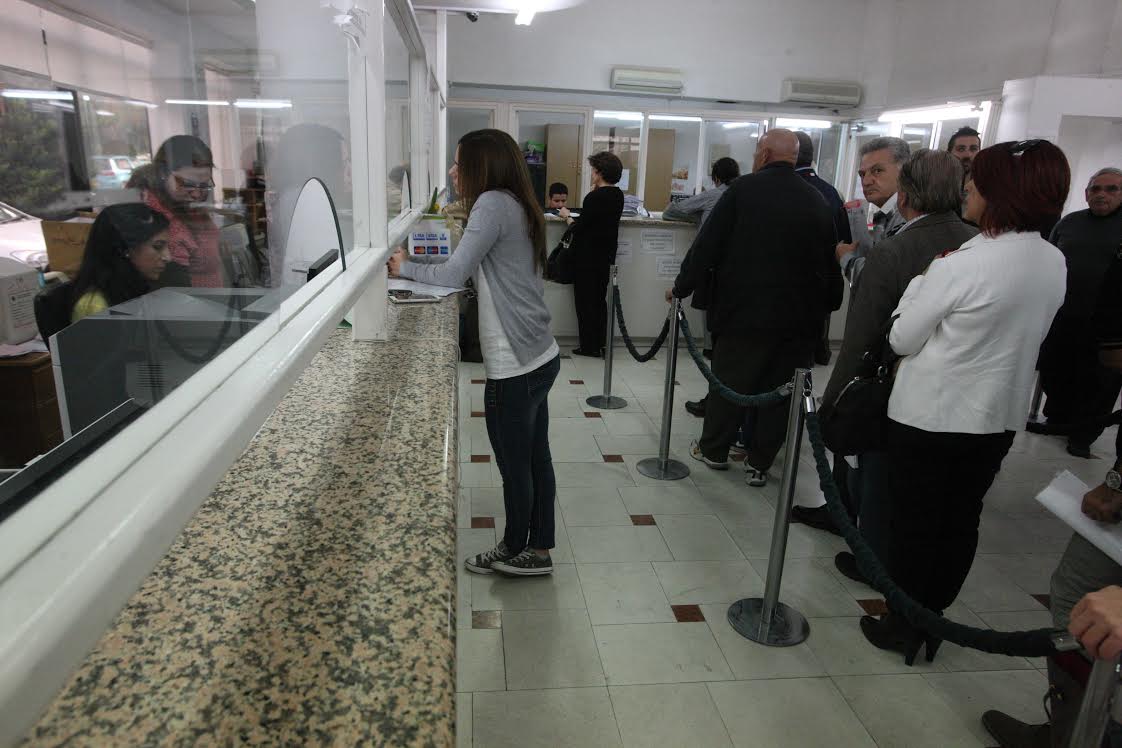A prolonged drought in Bolivia and one of the hottest winters on record is threatening to leave parts of the South American country short of water, including in the high-altitude city of El Alto, some 4,000 meters above sea level.
Climate change is affecting glaciers in the Bolivian Andes that provide fresh water to the surrounding wetlands, springs and dams, with residents of El Alto, perched above La Paz, now only able to access water at certain times of the day.
Bertha Apaza, a local resident, said the extreme heat was a clear sign of shifting climates that had now forced the city to ration water use.
“We have schedules to receive water, we don’t have enough to cook or wash clothes, much less take a shower,” she said.
Bolivia has experienced some of the most extreme temperatures in August and September, which are usually temperate months.
Neighboring Brazil, Paraguay and Peru have also experienced unusual late winter and early spring heat waves, with temperatures at all-time records in the Southern Hemisphere, including large parts of southeastern Australia.
Some once fertile areas across the western region of Bolivia have been reduced to dust. Many of those living in El Alto, a city of around one million people, come from farming communities raising livestock and planting vegetables to survive.
The dry spell has taken a heavy toll on Catalina Mancilla, who recently saw some of her farm animals die of thirst, before the local government set up a community water tank.
“We can now drink water and my animals will also drink enough water,” she said.
Authorities remain confident that water reserves will last until December when the rainy season usually arrives, though hundreds of thousands of families and vast swathes of crop and cattle farmland has already been impacted.
Members of the scientific community warn the situation could become critical with the El Nino weather pattern set to arrive in December, potentially altering the forecast and turning up the temperature.
“We are facing a very, I don’t want to use the word dangerous, but worrying situation,” said Oscar Paz, an expert in climate change and professor at the Universidad Mayor de San Andres, adding the El Nino could last for two years.
El Nino can prompt extreme weather events from wildfires to cyclones and droughts in some areas and more rainfall in others.







Click here to change your cookie preferences